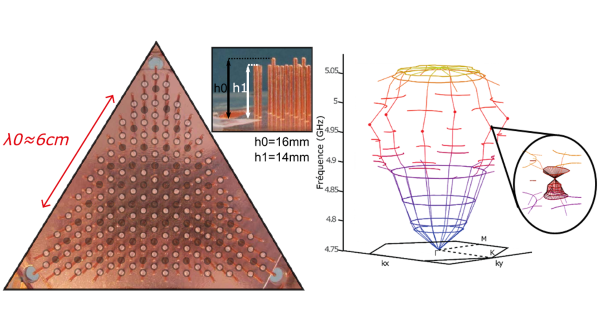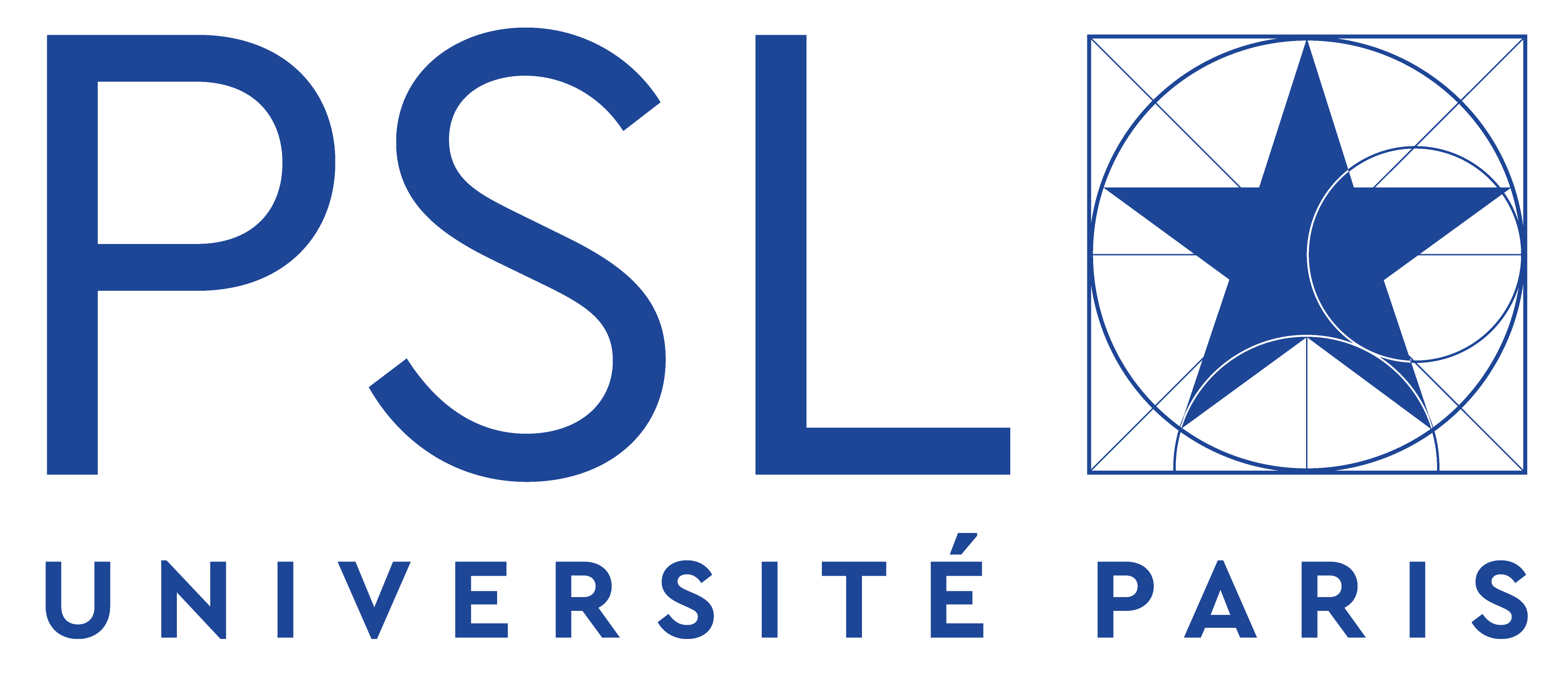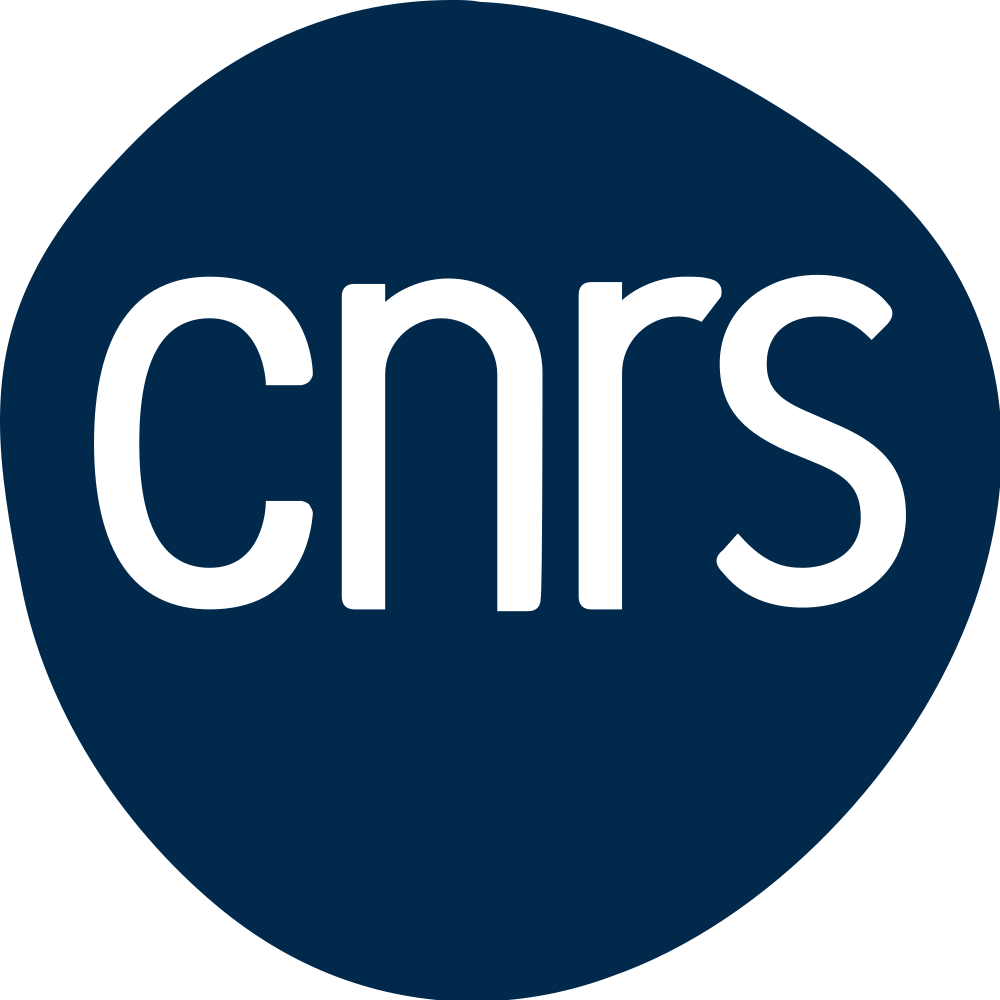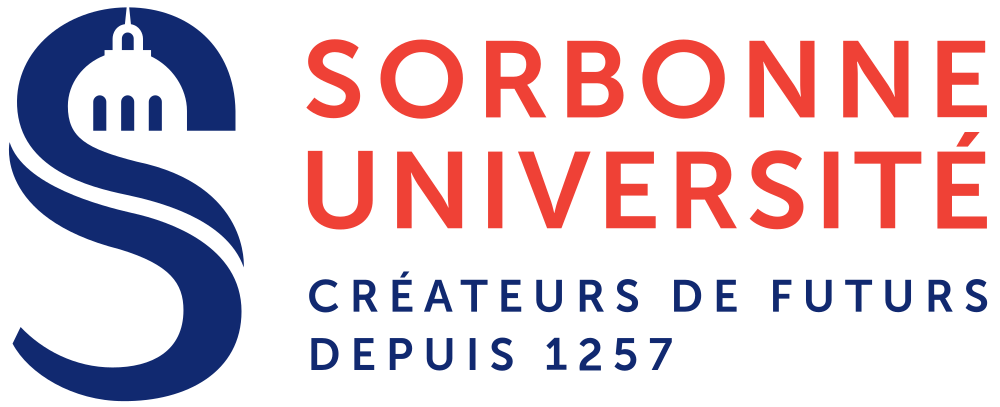Single-emitter super-resolved imaging of radiative decay rate enhancement in dielectric gap nanoantennas
Córdova-Castro, R. M., B. Van Dam, A. Lauri, S. A. Maier, R. Sapienza, Y. De Wilde, I. Izeddin, and V. Krachmalnicoff
Light: Science and Applications 13, no. 1 (2024)
Résumé: High refractive index dielectric nanoantennas strongly modify the decay rate via the Purcell effect through the design of radiative channels. Due to their dielectric nature, the field is mainly confined inside the nanostructure and in the gap, which is hard to probe with scanning probe techniques. Here we use single-molecule fluorescence lifetime imaging microscopy (smFLIM) to map the decay rate enhancement in dielectric GaP nanoantenna dimers with a median localization precision of 14 nm. We measure, in the gap of the nanoantenna, decay rates that are almost 30 times larger than on a glass substrate. By comparing experimental results with numerical simulations we show that this large enhancement is essentially radiative, contrary to the case of plasmonic nanoantennas, and therefore has great potential for applications such as quantum optics and biosensing.
|


|
Variation in Granular Frictional Resistance Across Nine Orders of Magnitude in Shear Velocity
Gou, H. X., W. Hu, Q. Xu, J. Chen, M. J. Mcsaveney, E. C. P. Breard, R. Q. Huang, Y. J. Wang, X. P. Jia, and L. Zhou
Journal of Geophysical Research: Solid Earth 129, no. 7 (2024)

Résumé: Determining the shear-velocity dependence of dry granular friction can provide insight into the controlling variables in a dry granular friction law. Some laboratories believe that the quality of this study is at the forefront of the discipline for the following reasons. Results suggest that granular friction is greatly affected by shear-velocity (v), but shear experiments over the large range of naturally occurring shear-velocities are lacking. Herein we examined the shear velocity dependence of dry friction for three granular materials, quartz sand, glass beads and fluorspar, across nine orders of magnitude of shear velocity (10−8–2 m/s). Within this range, granular friction exhibited four regimes, following a broad approximate “m” shape including two velocity-strengthening and two velocity-weakening regimes. We discuss the possible physical mechanisms of each regime. This shear velocity dependence appeared to be universal for all particle types, shapes, sizes, and for all normal stresses over the tested range. We also found that ultra-high frequency vibration as grain surfaces were scoured by micro-chips were formed by spalling at high shear velocities, creating ∼20 μm diameter impact pits on particle surfaces. This study provides laboratory laws of a friction-velocity (μ-v) model for granular materials.
|


|
Symmetry-breaking-induced off-resonance second-harmonic generation enhancement in asymmetric plasmonic nanoparticle dimers
Wang, Y., Z. Peng, Y. De Wilde, and D. Lei
Nanophotonics (2024)

Résumé: The linear and nonlinear optical properties of metallic nanoparticles have attracted considerable experimental and theoretical research interest. To date, most researchers have focused primarily on exploiting their plasmon excitation enhanced near-field and far-field responses and related applications in sensing, imaging, energy harvesting, conversion, and storage. Among numerous plasmonic structures, nanoparticle dimers, being a structurally simple and easy-to-prepare system, hold significant importance in the field of nanoplasmonics. In highly symmetric plasmonic nanostructures, although the odd-order optical nonlinearity of the near-surface region will be improved because of the enhanced near-fields, even-order nonlinear processes such as second-harmonic generation (SHG) will still be quenched and thus optically forbidden. Under this premise, it is imperative to introduce structural symmetry breaking to realize plasmon-enhanced even-order optical nonlinearity. Here, we fabricate a series of nanoparticle dimers each composed of two gold nanospheres with different diameters and subsequently investigate their structural asymmetry dependent linear and nonlinear optical properties. We find that the SHG intensities of gold nanosphere dimers are significantly enhanced by structural asymmetry under off-resonance excitation while the plasmonic near-field enhancement mainly affects SHG under on-resonance excitation. Our results reveal that symmetry breaking will play an indispensable role when designing novel coupled plasmonic nanostructures with enhanced nonlinear optical properties.
|


|
Solution to the cocktail party problem: A time-reversal active metasurface for multipoint focusing
Bourdeloux, C., M. Fink, and F. Lemoult
Physical Review Applied 21, no. 5, 054039 (2024)
Résumé: The cocktail party effect is the capability to focus one's auditory attention on particular audio sources while ignoring other audio sources. We propose an experimental strategy to reproduce this ability by designing a time-dependent metasurface composed of independent active mirrors. Each active mirror is a programmable acoustic unit cell capable of hearing, computing, and re-emitting acoustic signals: each of them acts as a convolution filter. The proper configuration of the metasurface temporal filters allows one to establish an acoustic communication link between groups of individuals immersed in the noisy environment: a multiple-user multiple-input, multiple-output acoustic system is built.
Mots-clés: metasurface;cocktail party;time reversal
|


|











